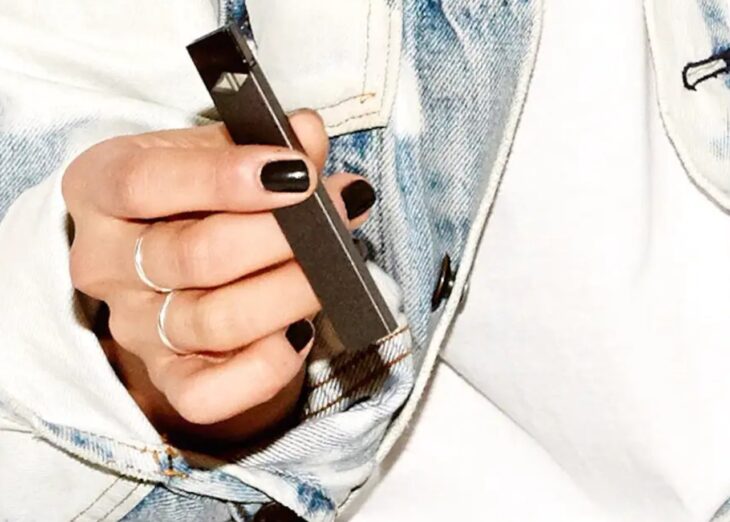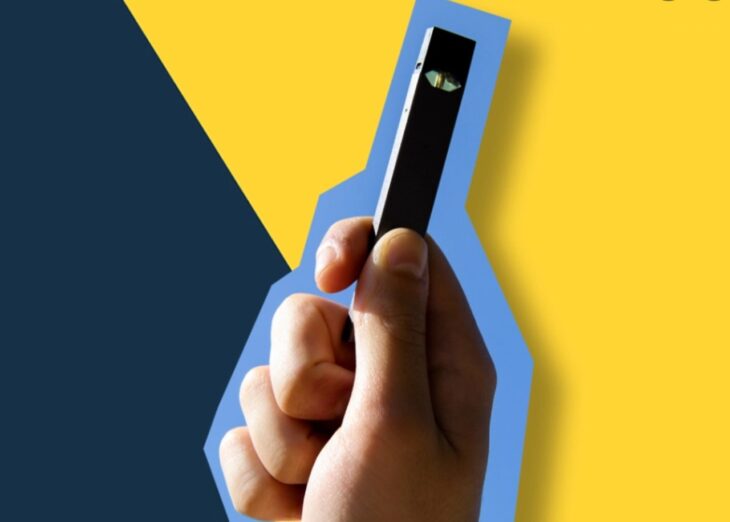When JUUL received a $12.8 billion investment from tobacco giant Altria in 2018 based on a company valuation of $38 billion, the vaping industry was flying higher than ever. There was no reason to believe that the industry wouldn’t continue its exponential rate of growth. Although all signs suggested that JUUL would maintain its position of industry leadership for years to come, it seemed completely plausible that other e-cigarette brands would also emerge and would eventually grow just as large. The worldwide vaping industry was growing so quickly that it would surely accommodate many major players.
In the years since 2018, things haven’t exactly played out as many vaping industry observers would have predicted. JUUL’s growth has been stagnant – and while that fact has certainly surprised many people, what’s even more surprising is that no other brand in the vaping industry has even come close to approaching JUUL’s success.
Why is JUUL still the only e-cigarette brand with worldwide name recognition after all these years? Why do people living in countries where JUUL isn’t currently available import the company’s pods at great expense? You’ve got people buying JUUL in Australia from companies like premiumvapeaustralia.com.au, for example, when they could be buying less expensive brands produced in New Zealand instead. What does JUUL have that other brands have been unable to duplicate? Let’s learn more.

Source: NBC News
Contents
First-Mover Advantage
First-mover advantage is one of the greatest strengths that a company can have in an industry that’s quickly growing and evolving. Although there were many other e-cigarette brands already doing business at the time of JUUL’s launch in 2015, JUUL had the advantage of being a product that really stuck out from the rest in terms of its physical design and underlying technologies. JUUL was the first mainstream brand with a pod-based e-cigarette, and pod-based vaping has proven extremely popular with vapers of all experience levels.
JUUL was also the first mainstream e-cigarette brand with a product that didn’t try to look like a tobacco cigarette. The unique physical design resonated with ex-smokers who wanted to do everything possible to disassociate themselves from tobacco products.
Perhaps the most important advantage that JUUL had as a first mover was a new form of e-liquid – nicotine salt e-liquid – with patent protection. JUUL has an extensive library of patent-protected intellectual property, and that helps to prevent other companies from encroaching on its domain.

Source: Business – Insider
FDA Market Freeze
Although virtually all vaping products are manufactured in China, the United States is the biggest market for those products. The JUUL brand had the great fortune of being released right before the US Food and Drug Regulation stepped in and regulated the American vaping industry in 2016. When the FDA began regulating the vaping industry, all products already on the market could remain on the market provisionally until they were in full compliance with the new regulations. New products, however, couldn’t enter the market without first gaining full FDA approval.
At the time of writing, the vaping products that were on the market in 2016 are still making their way through the FDA process, and nothing has yet gained approval. Since no one is entirely certain what the FDA is looking for and will approve, no company has even bothered trying to launch a new vaping product in the US on the same scale as the JUUL launch. If any new vaping product is to appear and challenge JUUL’s market leadership, that product will almost certainly have to come from somewhere other than the United States.

Source: SPY
Marketing Techniques and Controversy
One of the reasons why the JUUL brand became so successful so quickly was because the brand launched with the financial backing of the major vaporizer manufacturer PAX Labs. JUUL’s marketing blitz was on a scale unlike anything the vaping industry had previously seen. JUUL launched with lavish parties, affiliate partnerships with reviewers and bloggers and endorsements from an untold number of social media influencers. To put it simply, JUUL managed to put its name front and center in the vaping conversation almost from the first day that it was on the market.
Having given the world the blueprint for the perfect launch of a new vaping product, JUUL actually accomplished something that can never be exactly repeated because all major social media platforms banned endorsements of vaping products shortly after the JUUL launch. That happened because using attractive young influencers to promote the JUUL launch had the unintended consequence of stimulating youth initiation of nicotine use. Although there are certainly other ways to market a new product, no company will ever be able to market a new e-cigarette in exactly the way that JUUL did.
Meanwhile, consumers and lawmakers in other countries have taken notice of the teen vaping epidemic that has developed in the United States. They have proven very reluctant to accept any novel vaping product for fear that the same type of youth nicotine use could happen in other nations.

Source: Medium
Vaping-Related Lung Illness
In 2019, a new type of debilitating lung illness was found in the United States. The disease caused permanent lung damage in some patients, and a few people died from the illness. In all, more than 2,700 cases of the illness occurred in the US, and a sense of great alarm was raised around the world when it was discovered that all of the patients had used vaping products.
As you might know, there are two forms of vaping. There are e-liquid vaping devices used by those who have quit or are quitting smoking, and there are devices intended for vaporizing hemp flowers or hemp flower extracts. As it turned out, the vaping-associated lung illness was caused by a particular ingredient – vitamin E acetate – that illegal producers of THC vaping cartridges were adding to their products to make the products look more potent than they actually were.
Although the vaping-associated lung illness was not caused by nicotine e-liquid, the American media often reported on the issue using only the term “vaping” as if all forms of vaping were the same. That caused great confusion among consumers. According to a 2024 survey, 66 percent of Americans incorrectly believed that the lung illness was caused by nicotine vaping products like JUUL. That incorrect belief – caused by media confluence of the two different types of vaping – didn’t just hurt the JUUL brand. It hurt the vaping industry as a whole and helped to stifle the anti-tobacco movement that began with the invention of the e-cigarette. The industry is only just beginning to come out of the slump that the lung illness caused.
